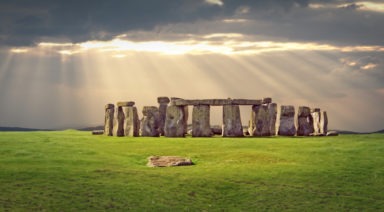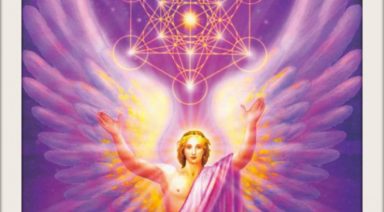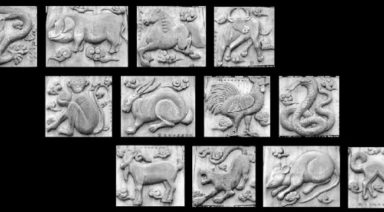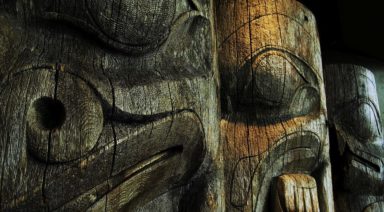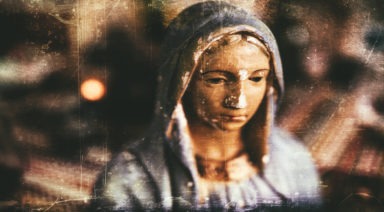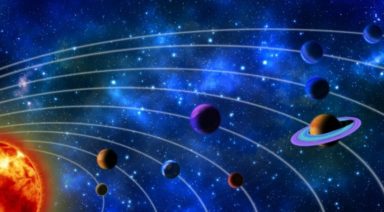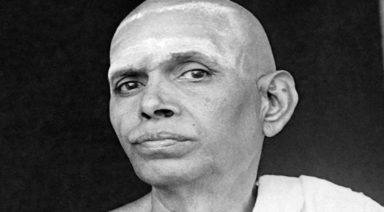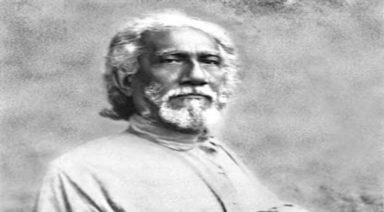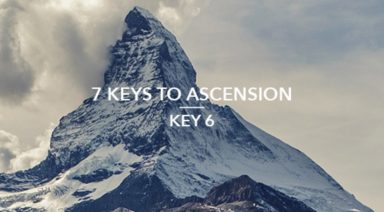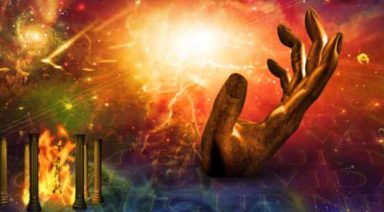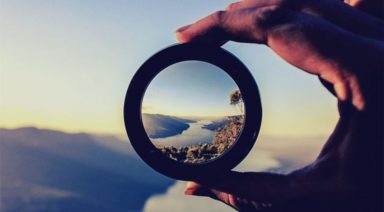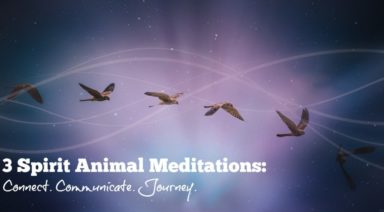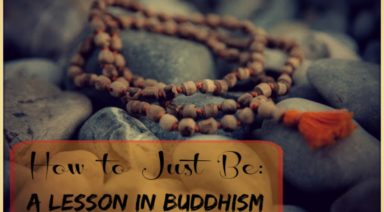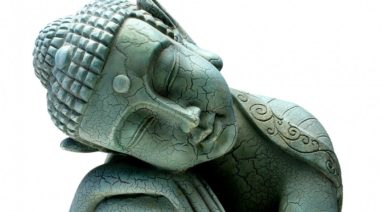Knowing Gnosis: Occupying Resurrection
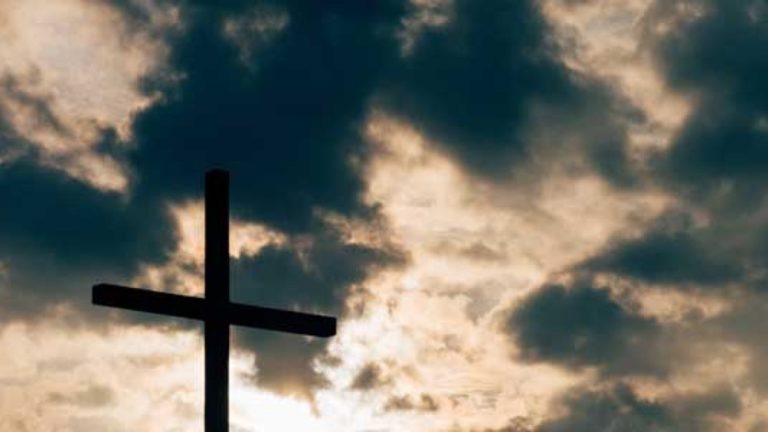
The Gnosis of “The Gnostics” (And Everyone Else…)
In a previous article, I told a version of the wonderful Gnostic myth of Sophia, the princess of Wisdom itself, and her descent to earth to elevate humanity through the example of her struggle back up to the light, and her gift of consciousness to mankind through the power of feminine energy. Hers is the classic myth of metaphor, describing the Gnosis of the Gnostics in a way that resonates in the heart and mind. Summing up the essential myth of the Gnostic inner journey goes something like this:
Humanity is an expression of a Divine Light imprisoned in a clunky, imperfect plane of existence, surrounded by the beauty of human life and the earthly realm, but victimized by the suffering that is such a big part of it all.
Each human contains a spark of the Divine Light within, and enduring Life’s painful challenges inspires the desire to reunite that inner spark with the great field of Divine Light, our Source, called the pleroma.
It sounds quite a bit like Buddhism doesn’t it? That’s because it is, in a way – there are ways, in ritual, action, and practice, that the suffering can be avoided.
The self-realization of the light within requires some help from The Divine, and that’s where Sophia and her male counterpart (and husband-to-be), The Christ enter into the process, as specific objects of divine devotion. An approach, or set of principles designed to merge the earthly ego with the eternal self; and a community of shared consciousness – individuals who are seeking the same state of happiness, wholeness, and purpose – are necessary parts of the process, too.
In a way, Buddhists call this “The Buddha, The Dharma, and The Sangha”, Catholics, “The Father, The Son, and The Holy Spirit”.
Across the spiritual board, these constituent parts are very nearly identical in every process of Gnosis, from humankind’s earliest indigenous nature religions, to contemporary Twelve Step Programs, where this triangular incubator of Gnosis is called “a higher power, the steps, and the fellowship.”
Gnostic Spiritual Mythology Was The First Depth Psychology
For the Gnostics, all of these iconic, archetypal metaphors were very elemental, indeed, proceeding from the concept of a watery submersion of the eternal self in the depths of the psyche (the path of water to find its greatest power by seeking its lowest point); to the transformational fire of human suffering – alive in that desperate need to reunite with The Divine; to the emergence of the light within, and its re-merging into “the sun of God”.
The water holds the painful obstacles, the earth is the plane of their realization and exposure, the fire burns away those onerous human handicaps, the inner spark breaks free and expands back into transcendent light – a “marriage” of opposite aspects: yin and yang, male and female, darkness and light, etc., that takes place in the effulgence of “Heaven”.
Yeshua said: ‘When you bring forth that within you, then that will save you. If you do not, then that will kill you.”
The Gospel of Thomas, Logion 70
This is what attracted people like Joseph Campbell (The Hero’s Journey) and Carl Jung (individuation) to Gnosis and Gnosticism, the fact that it pre-dated every form of modern depth psychology with its remarkable synthesis of human experience into an archetypal framework, and mystical, ritual process of rebirth, recovery, and “resurrection”. The story of an authentic spirit’s journey from a fragmented, semi-conscious “death”, to the wholeness of a compassionately conscious “re-birth” mirrors every individual’s shared journey to wholeness and happiness.
[Mythology inspires] the natural metaphysical impulse to transcend the illusion of separation.
Joseph Campbell
Rebellion and Resurrection
The Gnostics’ understanding of our psychological sub-strata was really quite simple, and sort of profoundly perpendicular, in a way, as symbolized, finally, not as the iconic early Christian fish, submerged in the depths of Life, but as The Cross that supports the ego-death that’s necessary if we want to get back to “The Kingdom”. The horizontal experience of Life on earth, in a human body, intersecting the vertical inner knowledge and understanding of our true ascendant nature and potential.
Gnosis begins with an uncomfortability about Life, a rebellious dis-ease that moves us to reunite our selves with a comfort and ease of being that we’re all entitled to. In this way, Gnosis is a subtractive process – intentionally recognizing and eliminating the attitudes and constraints that human life presents us with; and it’s an expansive process – bringing us into the consciousness of our limitless potential by merging our damaged, earthly egos with a pure, eternal Love, accessible through our hearts. But unfortunately, you may have to get a little mad first…
When you make the two into one, when you make the inner like the outer, and the high like the low; when you make the male and the female into a single One…when you have eyes in your eyes, a hand in your hand…and an icon in your icon, then you will enter into the Kingdom.
The Gospel of Thomas, Logion 22
The discovery of the goals and methods of early Christian Gnosticism – what Christianity truly was originally – came to light with the discovery of ancient hidden codices in Nag Hammadi, Egypt in 1945. There, gospels and other scriptures, unmanipulated or annodated for nearly two thousand years, led to a resurrection, so to speak, of this system of inner exploration.
Discover the true Gnosis of the Gnostics, with all its ancient metaphoric mythology, and applications to contemporary spiritual psychology in Gnostic scriptures such as: The Gospel of Thomas, The Gospel of Phillip, The Pistis Sophia, The Gospel of Truth, The Gospel of Mary, and in many fine resources, like: Stefan Hoeller’s The Gnostic Jung, and Jung and the Lost Gospels, or in Carl Jung’s Seven Sermons to the Dead, and Answer to Job.
Ancient Traditions To Help You Celebrate Summer Solstice
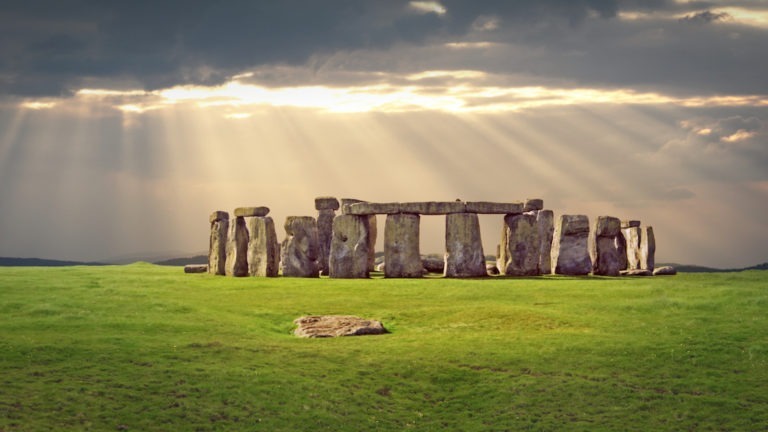
The summer solstice marks the longest day of the year, during which the axial tilt of the Earth puts the western hemisphere closest to the Sun. For time immemorial, it has been a day of celebration for many cultures across the world. But if you’re unsure of how to celebrate the summer solstice of 2019, here are some of the ancient rituals and celebrations practiced by our ancestors on the midsummer’s night.
Summer Solstice Meaning
The word solstice comes from the Latin words “sol,” meaning sun, and “stitium” or “sistere,” meaning still or stopped. In ancient times, our ancestors likely used this day as a marker to decide when to plant crops, noticing that the sun switched from a southward to northward trajectory in the sky.
But more importantly, the solstice was a time of celebration and a break from the norm. Many cultures believed that magic took place on the night of the summer solstice, with fairies showing themselves to humans, while evil spirits were dispelled from their lives.
Ancient Festivities on the Summer Solstice
In ancient Greece, the summer solstice marked the start of a new year and the month-long countdown to the Olympics. The Greeks also observed the festival of Kronia, during which they worshipped Cronus, the god of agriculture. At this time slaves were given equal rights to their owners, who allowed them to participate in games and festivities, sometimes even reversing roles and serving them – it was undoubtedly a welcomed holiday.
In ancient Egypt, the summer solstice represented the coming of the brightest star, Sirius. Not long after, the Nile would begin to flood its banks, marking a season of abundance from the land. The Egyptians believed Sirius was responsible for the floods and considered it the start of a new year.
The ancient Romans celebrated the festival of Vestalia, in honor of the goddess of the hearth. Married women brought offerings to the temple of Vesta, hoping the goddess would bestow blessings upon their families. Vesta was the protector of married women and virginity, and was exclusively a goddess for women.
In addition to the offerings made in Vesta’s temple, women would bake a sacred cake, which followed a strict recipe. Water from a sacred spring would be used, and prevented from coming into contact with the Earth, as it was carried in blessed jugs.



